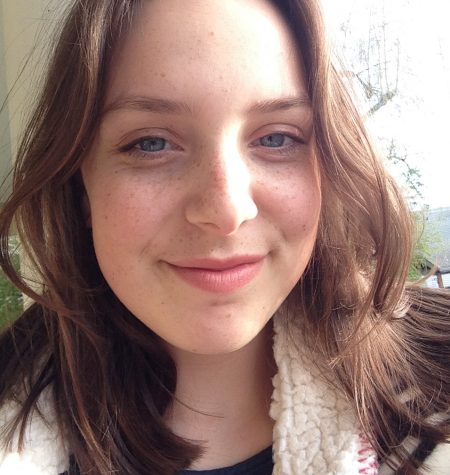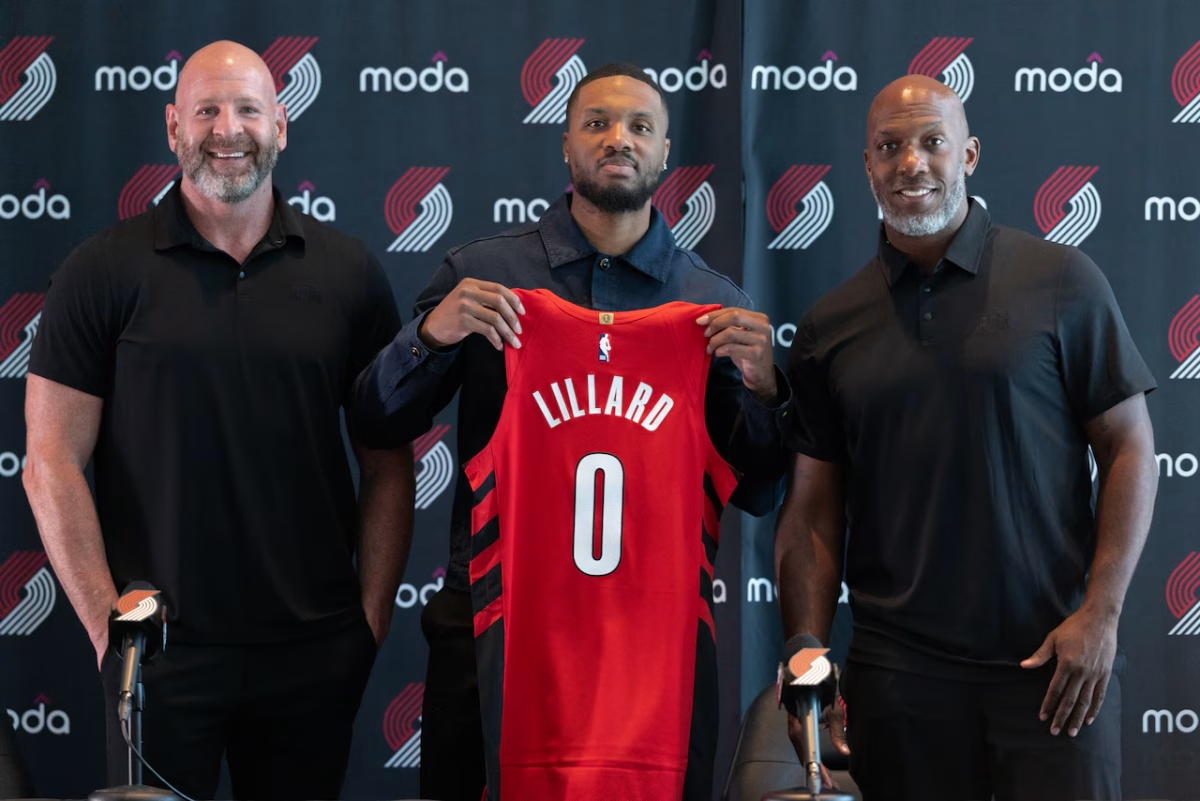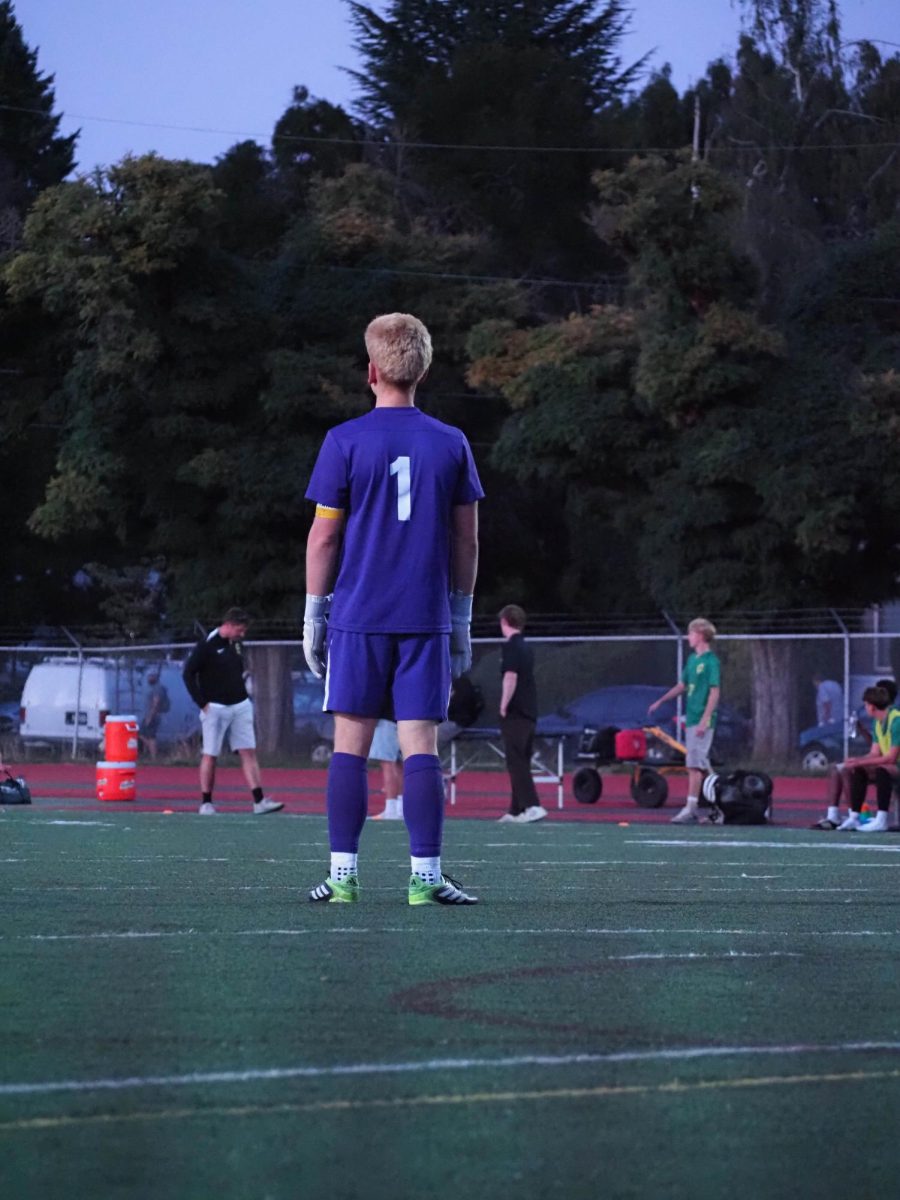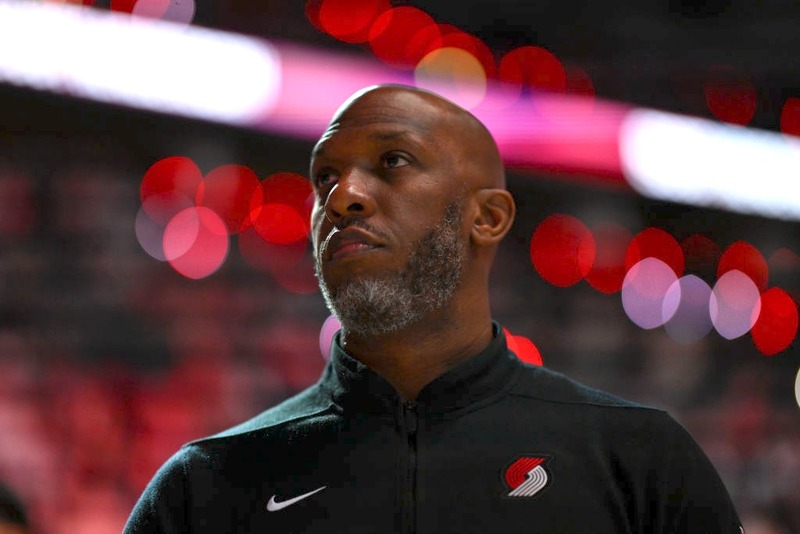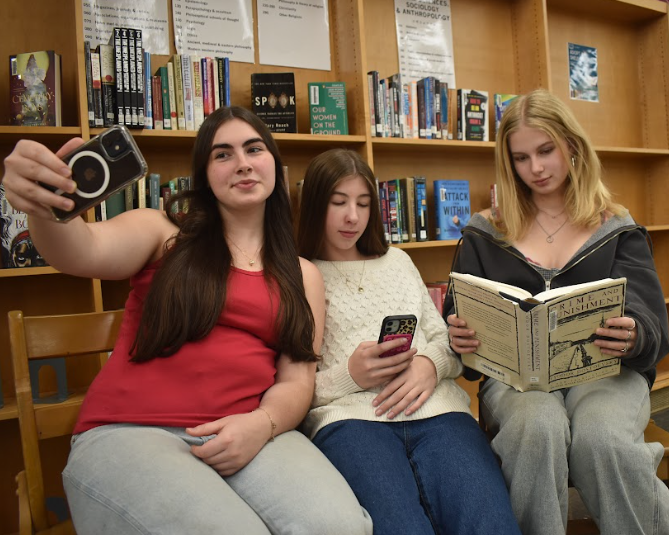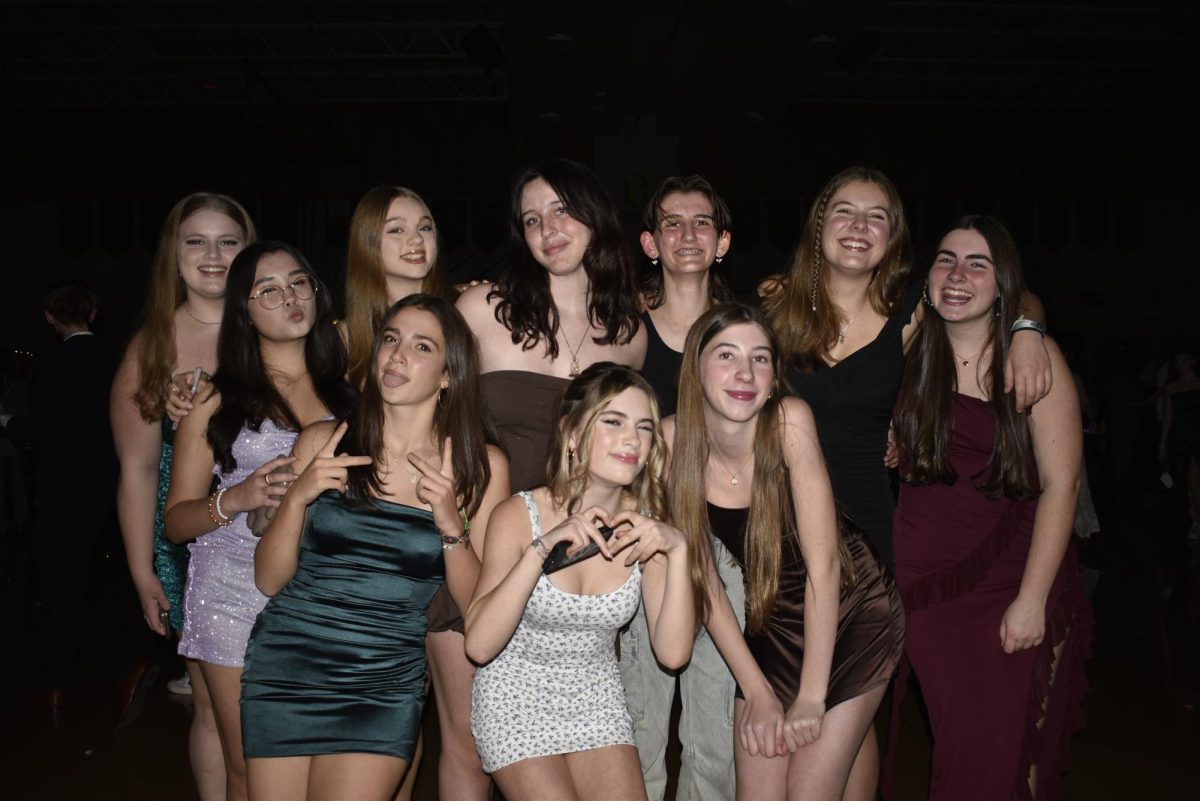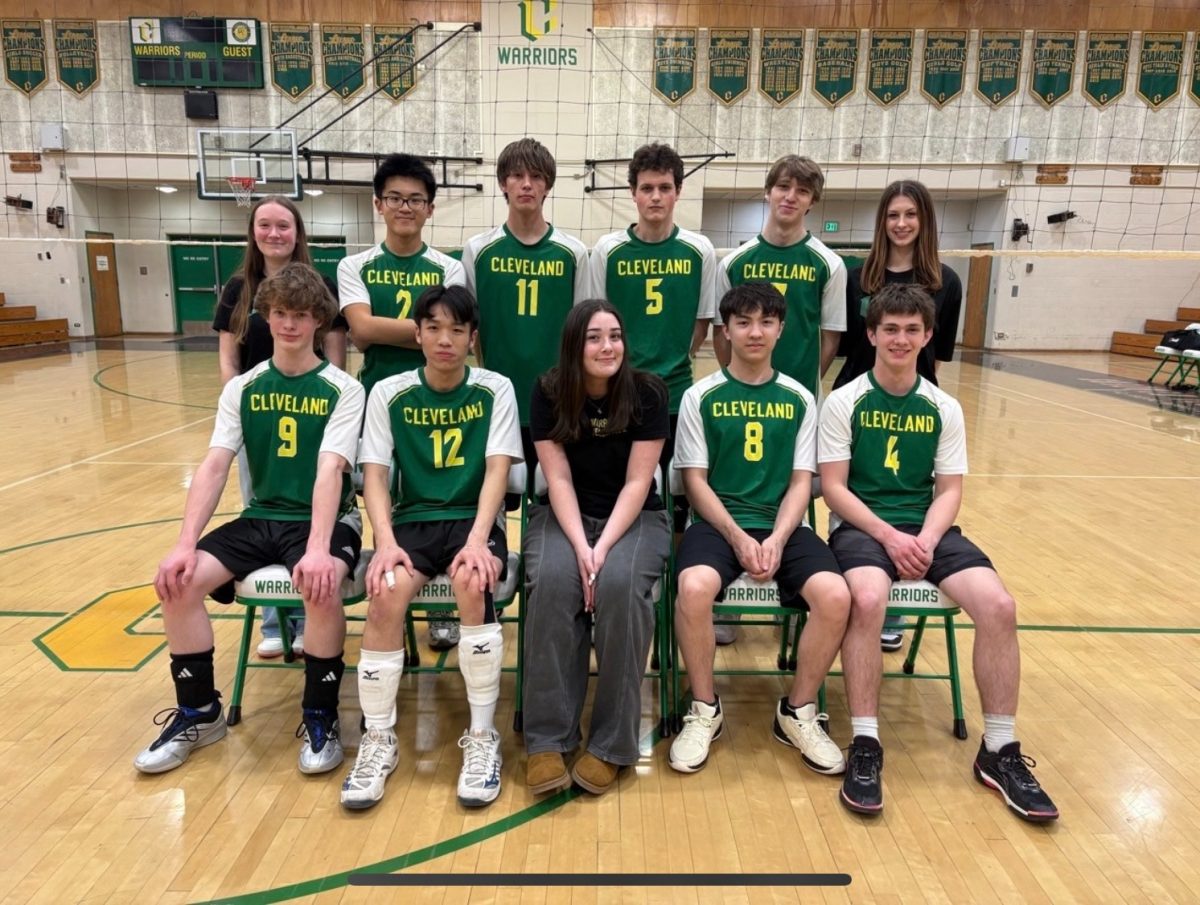Slipping through Society’s Fingers
Modern slavery and the teens working to end it through the non-profit Youth Ending Slavery (YES)
March 20, 2017
Slavery: The very definition of human injustice and oppression. The enemy of freedom and basic rights. An atrocity of the past that has long been left behind.
Or has it?
In fact, slavery is very much alive today, taking countless forms. Child soldiers, sex trafficking, and forced labor all fit under the umbrella term “modern slavery,” a phenomenon more vast than you can even imagine. Up to 45 million live in slavery all across the globe, in every country, city, and town — Even in your own neighborhood.
Youth Ending Slavery (YES) is a nonprofit based in Portland, led entirely by high school students. They combat modern day slavery, putting a particular emphasis on sex trafficking. By raising awareness and empowering youth to take a stand, they believe change is on the horizon. The group started as a club at St. Mary’s Academy, with only a handful of members. Today, it has bloomed into a successful nonprofit, with roots in schools all over Oregon and Southwest Washington. Each of these schools houses a chapter, or branch of the organization, who carry out the mission of the YES board of directors. Both the board and the separate chapters meet regularly, communicating with each other and working together to make a difference in the domain of human trafficking.
The group takes action in many different ways, the most important is through spreading awareness. The board reaches out to different high schools and colleges in the area, presenting the group’s core focuses and information. They also organize supply drives, partner with several other organizations, oversee letter writing campaigns to companies and legislature, and meet with representatives to discuss legal changes. Chapters help out by participating in these campaigns, and also educating their respective schools with programs like clubs, fundraisers, and educational events.
Cleveland’s YES chapter organized one of these events on Feb 2, screening Maro Chermayeff’s “A Path Appears,” in the Cleveland library. The documentary attracted a crowd of students and parents alike, and illustrated the American struggle with child sex trafficking. “These are girls my age — my friends, my classmates, or my peers. It could have been me. Why am I so lucky that I didn’t get involved in this versus other people – it’s just not fair,” said Gwen Kaliszewski, leader and founder of the Cleveland YES chapter. If you missed the event and want to learn more, this eye-opening film is available to stream on Amazon and iTunes.
Though child sex trafficking stereotypically involves violence or force, “A Path Appears” actually emphasized the opposite. One of the main points of the movie was the connection between bad family lives — including drunk parents, introduction to drugs at a young age, child abuse, and molestation — and increased susceptibility to traffickers. One woman interviewed in the film said she was trafficked after growing up in an abusive home, where she was neglected from a young age. Pimps offered her safety and affection, manipulating her with the prospect of having a “family.” Though this kind of trafficking might not sound like the slavery we usually think of, the definitions correspond in the most important ways. Both situations involve someone being controlled through violence, the threat of violence, or psychological coercion, all in the name of profit. Slaves of modern day and from history were explored economically, with no pay beyond basic subsistence. But that’s not where the similarities end.
“It’s such an underground thing — if you compare it to the slavery of the 1800s, you could see it right in front of your eyes. Whereas now, a lot of trafficking happens online — it’s harder to see who is a victim of human trafficking,” said Cleveland junior Emma Christensen, event director for YES.
Few people understand the true depth of the issue, because we don’t see the consequences with our own eyes. Everything operates in the dark, where we can’t see or understand it.
Even though this might seem like the kind of thing that happens only in the sinister alleys of far away cities, it’s actually an issue that hits very close to home. Studies have shown that Portland has highest rate of child sex trafficking in the country, with hundreds of children trafficked in the city each year.
One of the main reasons Portland is particularly vulnerable is its location. The 1-5 corridor is a 1,381 mile highway, notorious as a sex trafficking hub. It stretches all the way from Mexico to Canada, connecting major West Coast cities and running straight through Portland. Traffickers use this corridor as a pipeline, with ample opportunities to find new victims and plenty of pit stops. Needless to say, these victims are overwhelmingly comprised of underage girls. Combine Portland’s risky location with a shocking population of homeless youth, a convenient international airport, and the highest strip club demographic in the country, and the circumstances couldn’t be more dire.
Youth Ending Slavery offers an opportunity for you to jump in and make a difference, both locally and globally. To get involved, you can you participate in their campaigns, educate yourself, or even join Cleveland’s chapter, which meets Fridays at lunch in teacher Julia Blattner’s room.
Said Kaliszewski on YES, “Society in general underestimates what youth can do — the fact that we’re taking on such a prevalent and intense issue just shows how much power we have.”



